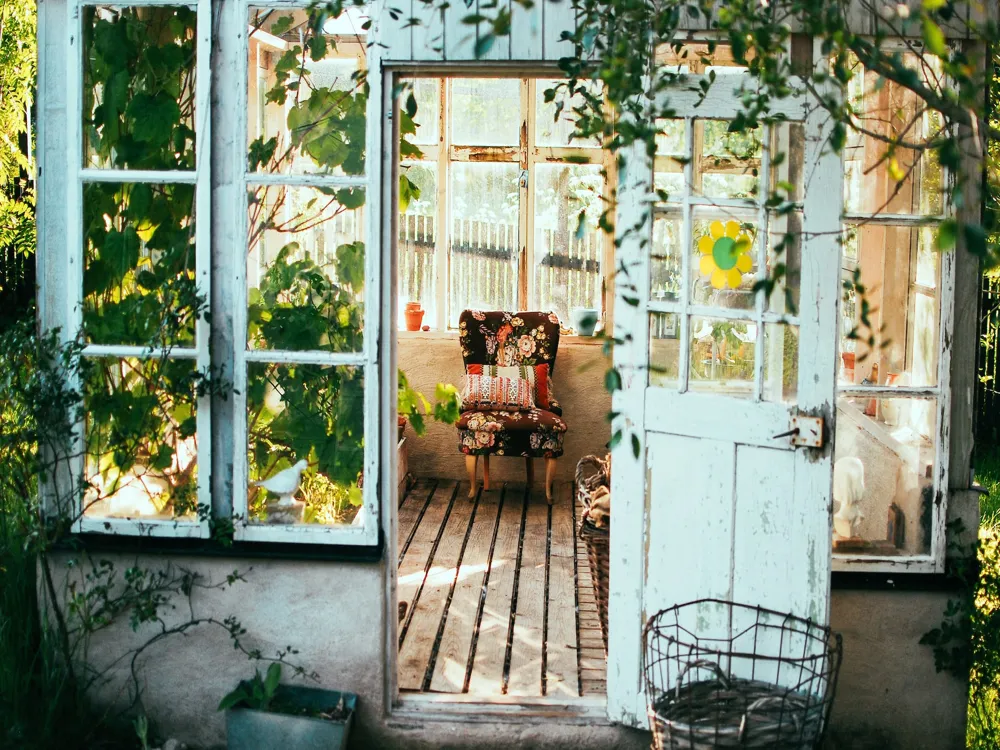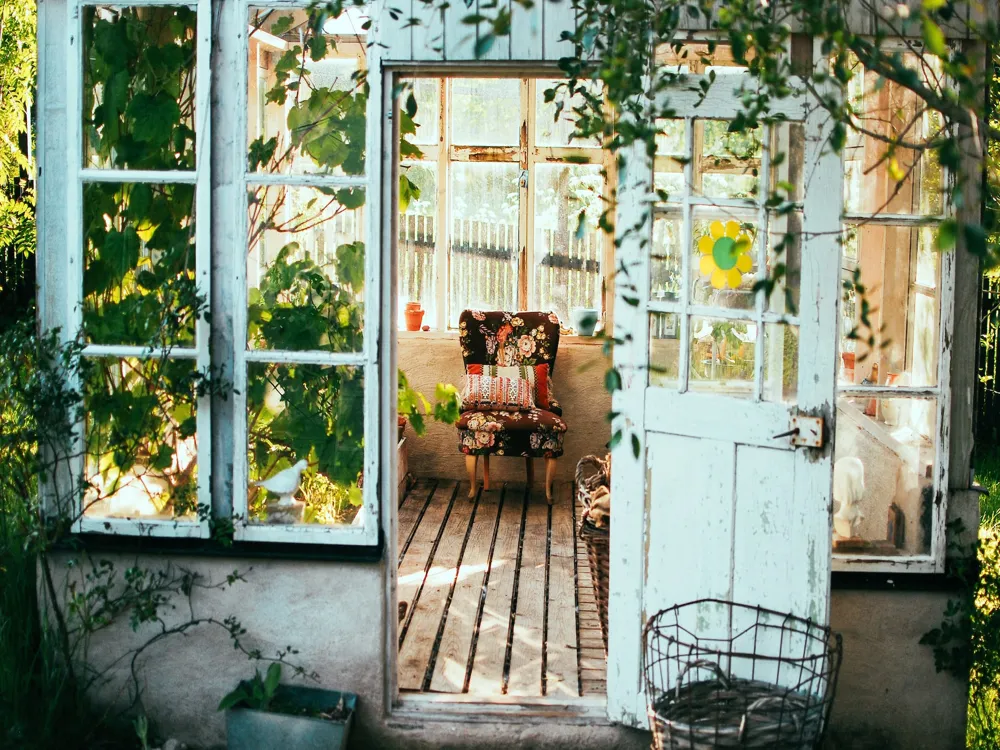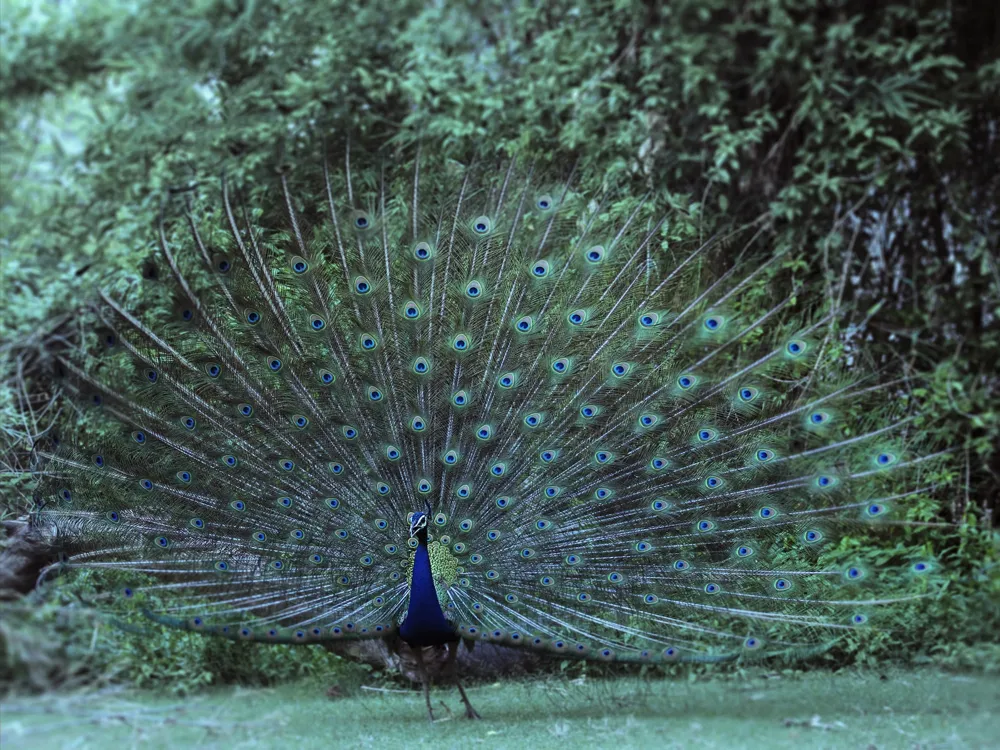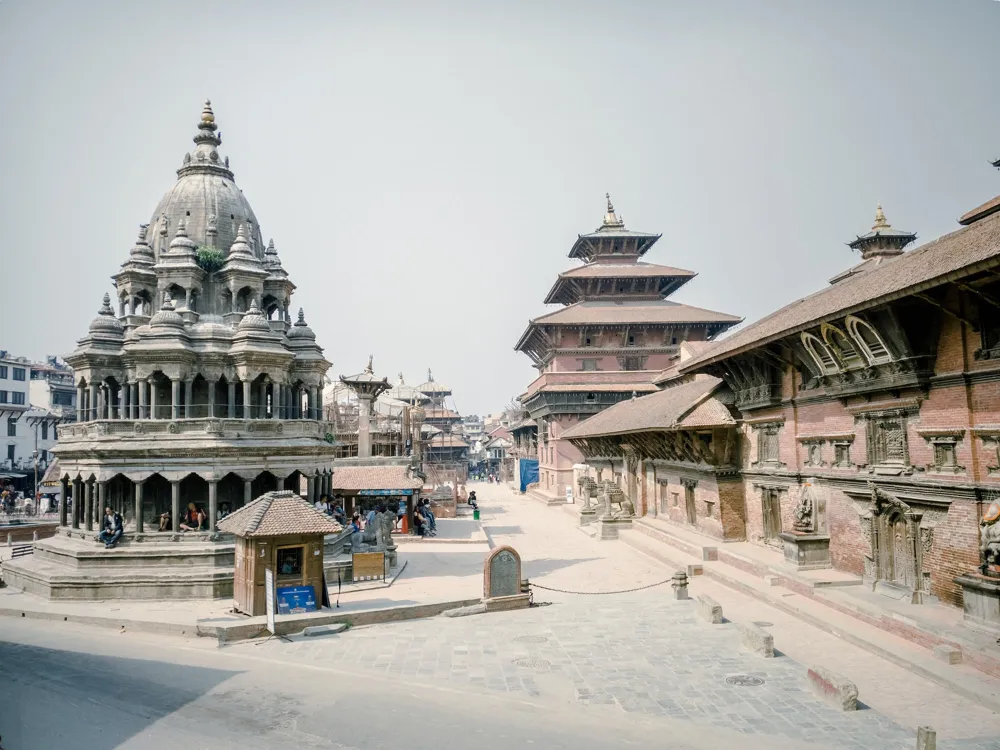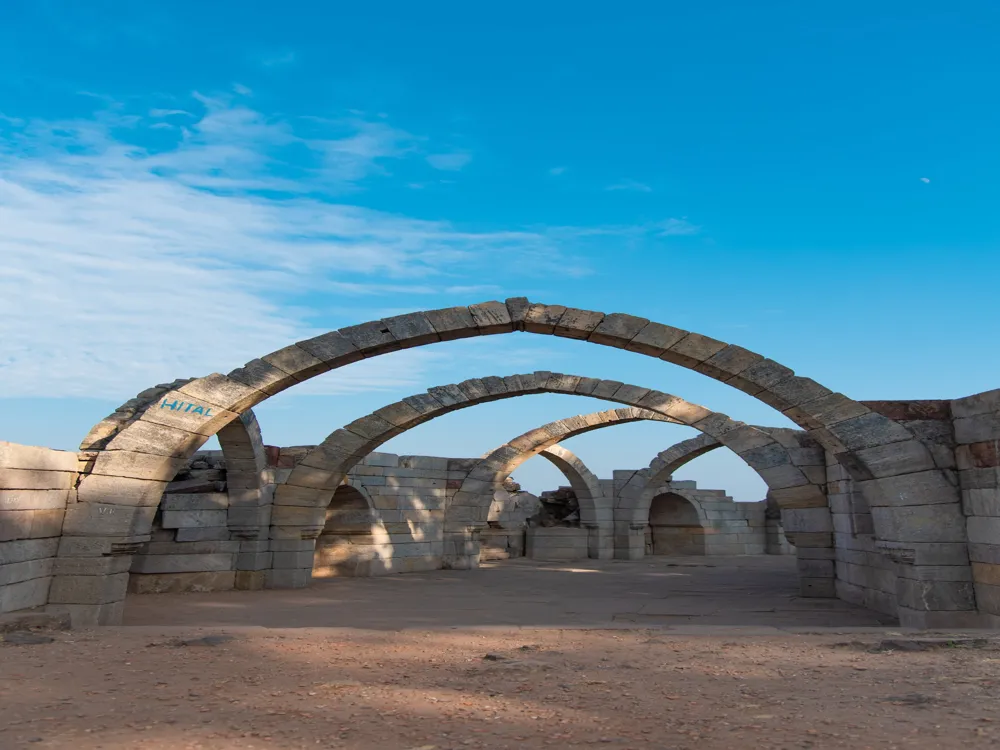Parimal Garden, located in the heart of Ahmedabad, Gujarat, is the epitome of natural beauty and architectural brilliance. This sprawling garden, spread across several acres, is not just a green space but a symbol of Ahmedabad's commitment to environmental conservation and urban landscaping. One of the city's most beloved public spaces, it attracts visitors of all ages, offering a serene retreat from the hustle and bustle of city life. The garden's history dates back to the early 20th century, making it a witness to the city's evolving landscape. It was designed to provide a harmonious balance between nature and urban development. The meticulously maintained lawns, diverse flora, and tranquil ambiance make Parimal Garden a unique landmark in Ahmedabad. The park's layout showcases the fusion of traditional Indian gardening styles with contemporary landscaping techniques, making it a testament to the city's cultural and historical heritage. As you stroll through Parimal Garden, you will notice the careful planning that has gone into its design. The garden is divided into various sections, each offering a distinct experience. The central area features a large open space with lush lawns, perfect for picnics and leisurely walks. Surrounding this are smaller, more intimate areas with a variety of plant species, including native and exotic flowers, shrubs, and trees. The pathways meandering through the garden are lined with benches, providing ample opportunities for relaxation and contemplation. One of the highlights of Parimal Garden is its water features. The central fountain, with its intricate design, is not just a visual delight but also helps in maintaining the ecological balance of the garden. The sound of water adds to the serene atmosphere, creating a sense of tranquility. Additionally, the garden hosts several sculptures and art installations, adding an artistic dimension to the natural beauty. These pieces, created by local artists, reflect the cultural richness of Gujarat and serve as a platform for artistic expression. The garden also plays a significant role in promoting environmental awareness and sustainability. Various initiatives like rainwater harvesting, the use of organic fertilizers, and solar lighting make Parimal Garden an exemplary model of eco-friendly urban development. It serves as an educational space where visitors can learn about the importance of preserving nature and the benefits of sustainable practices. In conclusion, the Parimal Garden is not just a garden; it's a living, breathing part of Ahmedabad's urban fabric. It stands as a symbol of the city's commitment to preserving nature amidst urbanization, a place where beauty, history, and sustainability coexist harmoniously. Whether you're a resident or a visitor, Parimal Garden offers a refreshing escape and a chance to reconnect with nature. The architecture of Parimal Garden in Ahmedabad is a remarkable fusion of traditional Indian aesthetics and modern landscaping techniques. This unique blend not only enhances the garden's beauty but also makes it a significant architectural landmark in the city. The design of Parimal Garden reflects a deep understanding of space utilization, ecological balance, and aesthetic appeal, making it a masterpiece of landscape architecture. At the heart of the garden's architectural philosophy is the concept of 'Vriksha Mandir' or 'Temple of Trees.' This concept emphasizes the sanctity of nature and the importance of trees in urban spaces. The garden is laid out in a way that each tree is given its own space to grow and thrive, symbolizing respect and reverence for nature. The variety of trees, including indigenous species like Neem, Peepal, and Banyan, alongside exotic species, creates a diverse canopy that provides shade and adds to the garden's beauty. The pathways and walkways in Parimal Garden are designed with precision and care. They meander through the garden, allowing visitors to explore its different aspects. The use of natural stone and traditional patterns in the pathways adds an element of rustic charm. The strategic placement of benches along these paths provides resting spots, enhancing the overall experience of the visitors. Water plays a crucial role in the garden's architecture. The central fountain is not just a decorative element but also an integral part of the garden's ecosystem. It aids in maintaining the humidity levels and provides a habitat for aquatic life. The sound of water from the fountain creates a calming ambiance, making it a focal point for visitors seeking tranquility. The lighting in Parimal Garden is another aspect of its architectural brilliance. The use of energy-efficient and solar-powered lights ensures that the garden is well-lit, enhancing its beauty and ensuring safety for evening visitors. The thoughtful placement of lights highlights the garden's features, such as the trees, sculptures, and water elements, creating a magical experience after sunset. Finally, the sculptures and art installations in Parimal Garden are strategically placed to complement its natural beauty. These artworks, ranging from abstract to representational, add a cultural dimension to the garden. They are not just decorative elements but also serve as conversation starters, engaging visitors in the garden's artistic aspect. In summary, the architecture of Parimal Garden is a testament to the skillful blending of nature and design. It stands as a symbol of Ahmedabad's architectural heritage and its commitment to creating sustainable and beautiful urban spaces. The garden's design not only offers aesthetic pleasure but also serves functional and ecological purposes, making it a model for future urban landscaping projects. The ideal time to visit Parimal Garden is during the early morning or late evening hours. The garden is less crowded at these times, offering a more peaceful experience. Additionally, the cooler temperatures during these periods make it perfect for a leisurely walk or a relaxing time on the benches. Parimal Garden is a popular spot for picnics. Visitors are encouraged to bring their own food and drinks, but it is important to keep the garden clean. Use the dustbins provided and avoid littering. Also, refrain from feeding the birds or animals in the garden to maintain the ecological balance. For photography enthusiasts, Parimal Garden offers numerous picturesque spots. The best time for photography is during the golden hours, just after sunrise or before sunset, when the natural light is soft and diffused. The garden's diverse flora and artistic installations provide great subjects for photography. While Parimal Garden is a safe space, visitors are advised to take standard safety precautions. Keep an eye on personal belongings and supervise children at all times. Stick to the designated paths and avoid venturing into restricted areas. Parimal Garden is easily accessible from various parts of Ahmedabad. Visitors can reach the garden by public transport, including buses and auto-rickshaws. For those driving, there is ample parking space available near the garden. The nearest landmark is the Parimal Cross Road, which is well-known and can be used as a point of reference when asking for directions. Read More:Overview of Parimal Garden, Ahmedabad, Gujarat
Architecture of Parimal Garden
Tips When Visiting Parimal Garden
Best Time to Visit
Picnic Guidelines
Photography Tips
Safety Measures
How To Reach Parimal Garden
Parimal Garden
Ahmedabad
Gujarat
NaN onwards
View ahmedabad Packages
Ahmedabad Travel Packages
View All Packages For Ahmedabad
Top Hotel Collections for Ahmedabad

Private Pool

Luxury Hotels

5-Star Hotels

Pet Friendly
Top Hotels Near Ahmedabad
Other Top Ranking Places In Ahmedabad
View All Places To Visit In ahmedabad
Faq on Ahmedabad
Can I bring outside food into Parimal Garden?
Yes, visitors are allowed to bring their own food and have picnics in designated areas within the garden.
Is photography allowed inside Parimal Garden?
Yes, photography is allowed for personal use. However, commercial photography and video shoots require prior permission from the authorities.
Are there any parking facilities available near Parimal Garden?
Yes, there is ample parking space available near Parimal Garden for visitors' convenience.
Is Parimal Garden wheelchair accessible?
Yes, Parimal Garden is wheelchair accessible, making it convenient for people with disabilities to enjoy the park.
Are there any rules or regulations visitors should be aware of before visiting Parimal Garden?
While visiting Parimal Garden, visitors are requested to maintain cleanliness, avoid littering, and follow the rules displayed within the premises for their safety and the preservation of the environment.
View ahmedabad Packages
Ahmedabad Travel Packages
View All Packages For Ahmedabad
Top Hotel Collections for Ahmedabad

Private Pool

Luxury Hotels

5-Star Hotels

Pet Friendly
Top Hotels Near Ahmedabad
Other Top Ranking Places In Ahmedabad
View All Places To Visit In ahmedabadFaq on Ahmedabad
Can I bring outside food into Parimal Garden?
Yes, visitors are allowed to bring their own food and have picnics in designated areas within the garden.
Is photography allowed inside Parimal Garden?
Yes, photography is allowed for personal use. However, commercial photography and video shoots require prior permission from the authorities.
Are there any parking facilities available near Parimal Garden?
Yes, there is ample parking space available near Parimal Garden for visitors' convenience.
Is Parimal Garden wheelchair accessible?
Yes, Parimal Garden is wheelchair accessible, making it convenient for people with disabilities to enjoy the park.
Are there any rules or regulations visitors should be aware of before visiting Parimal Garden?
While visiting Parimal Garden, visitors are requested to maintain cleanliness, avoid littering, and follow the rules displayed within the premises for their safety and the preservation of the environment.








